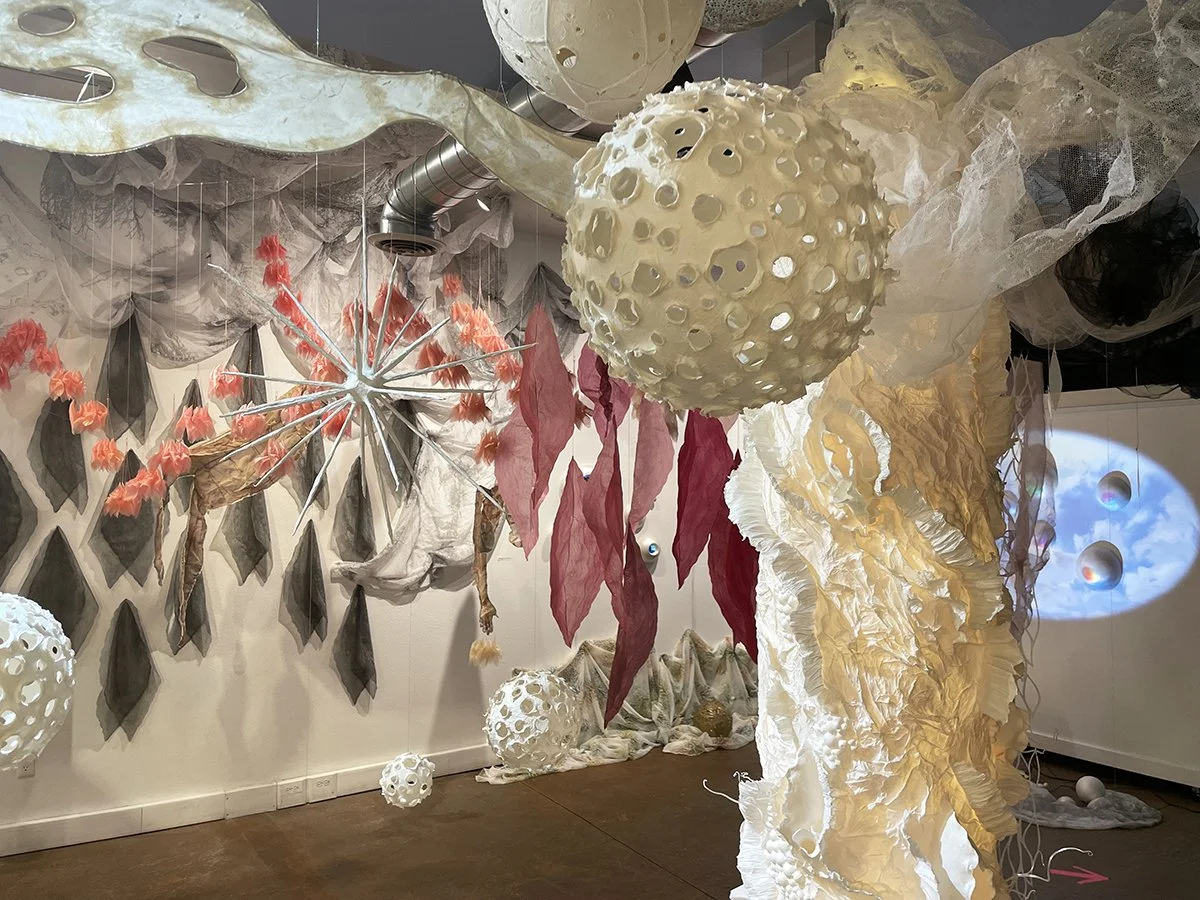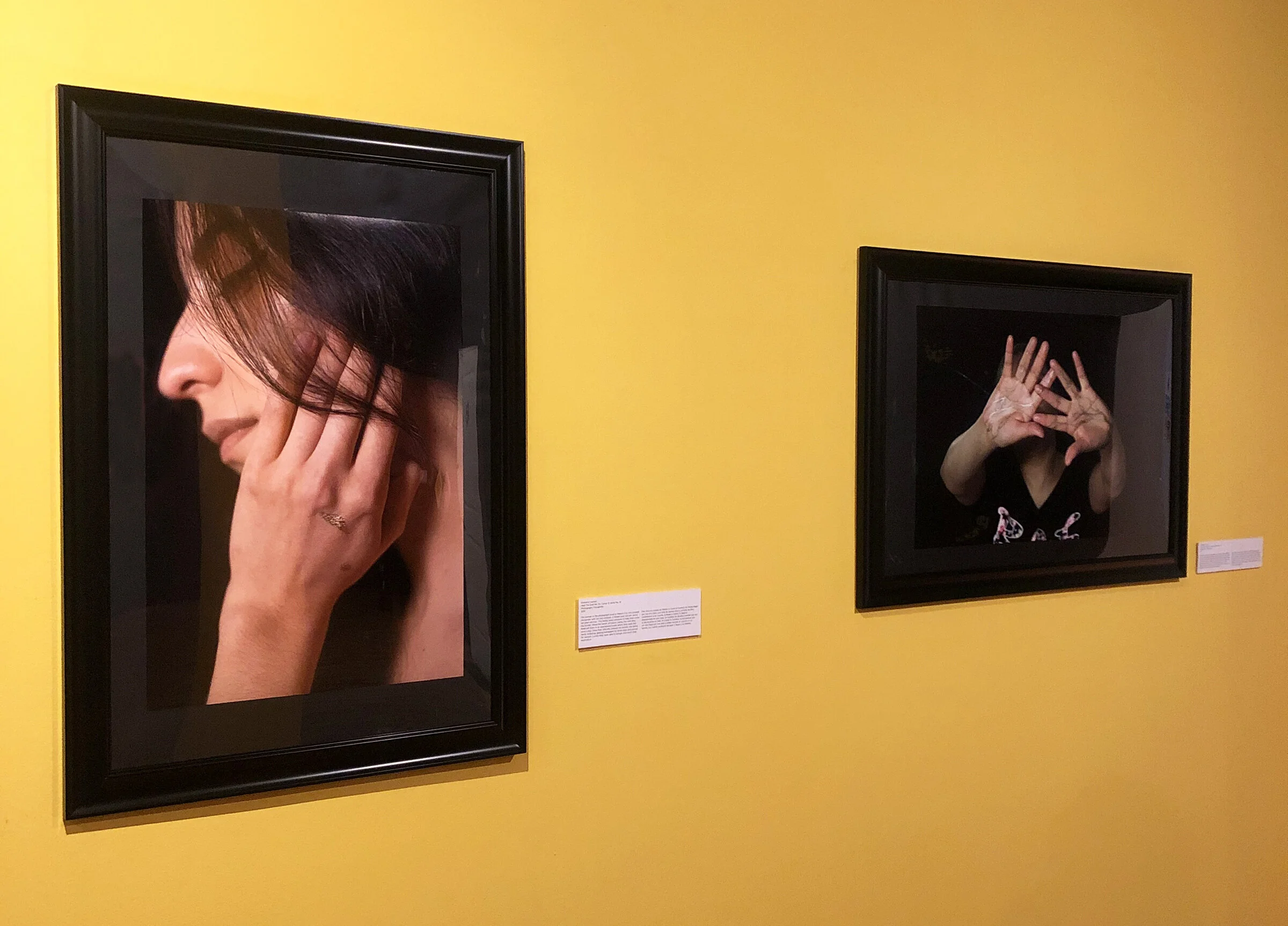To contemplate the impact and ideologies behind fashion locally, the Avenir Museum in Fort Collins is well worth visiting. In the exhibit Where Is Every Body? Mannequins and Mounts—a nod to body types, the sense of absence created by social distancing, and the ubiquity of clothing on bodies across the globe—the history of the mannequin is tied into the history of art. A traveling exhibition titled Wandering Spirit: African Wax Prints charts the history of African wax print fabrics through their unlikely origin in Indonesia, to the textile mass production factories of the Netherlands, to where they have received commercial success in West Africa, the exhibition tells a story of global trade, colonization, and commerce through the medium of fashion and textiles.
Welcome to DARIA: Denver Art Review, Inquiry, and Analysis, a publication devoted to art writing and criticism focused on the Denver-area visual art scene. DARIA seeks to promote diverse voices and artists while fostering critical dialogue around art.





















